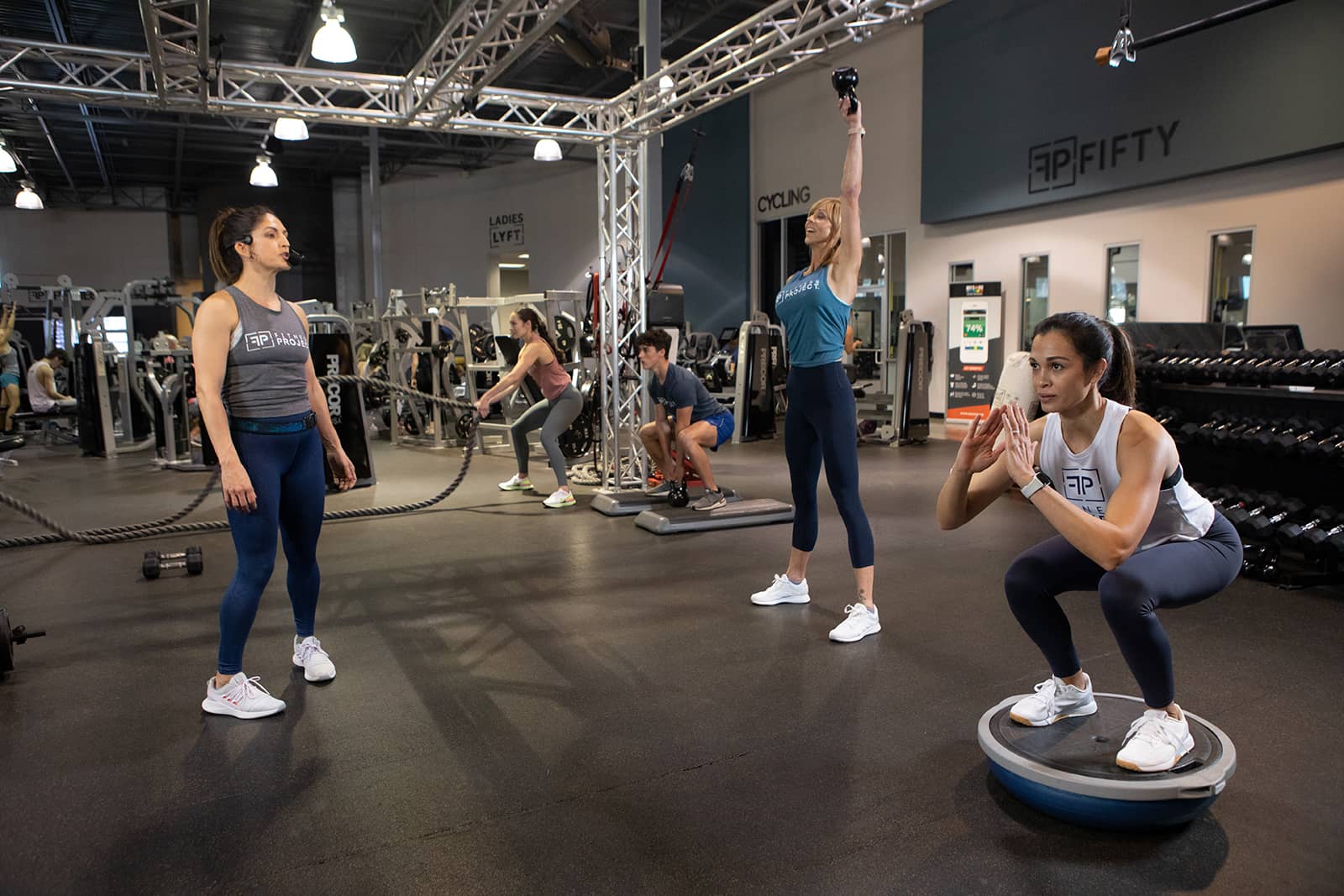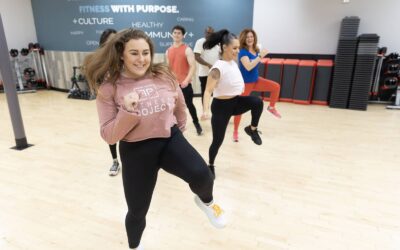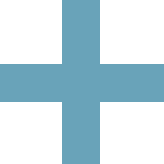The Differences and How to Accomplish Both.
In the fitness world, endurance and stamina are often used interchangeably. Although the two terms share similarities and may refer to one concept, research indicates subtle differences when comparing stamina vs. endurance. In this article, we’ll explain the differences and how to improve both stamina and endurance.
Stamina and endurance in physical activities both involve parameters of time.
 However, while stamina is the amount of time you can perform an activity using a specific muscle or group of muscles at maximum or near-maximum capacity, endurance is the maximum time you can continue performing a specific physical activity.
However, while stamina is the amount of time you can perform an activity using a specific muscle or group of muscles at maximum or near-maximum capacity, endurance is the maximum time you can continue performing a specific physical activity.
Stamina
is the mental and physical ability to sustain an activity for a long period. When people talk about stamina, they often use it to refer to the feeling of being peppy or energetic while doing an activity.
Endurance
refers to your body’s physical capability to sustain an exercise for an extended period. It’s made up of two components: cardiovascular endurance and muscular endurance. Cardiovascular enduranceTrusted Source is the ability of your heart and lungs to fuel your body with oxygen. Muscular endurance is the ability of your muscles to work continuously without getting tired.
How to increase both
You can improve your endurance and stamina by regularly performing an aerobic exercise that challenges your lungs and heart.
Here are some tips for building an endurance program:

- The SAID Principle: SAID stands for Specific Adaptation to Imposed Demands. It means your body will adapt to the specific type of exercise you regularly perform. For example, if you build a workout program that consists primarily of upper-body exercises, your upper-body strength will improve but your lower-body strength will stay about the same.
- Overload Principle: Another basic concept for building an effective fitness program is the overload principle. This principle involves making gradual increases in either volume or intensity to continue improving your fitness.
- Yoga or meditation: Including stress-relieving activities in your weekly routine can help you relax and improves your ability to handle more intense workouts. Two examples of relaxing activities include yoga and meditation.
- 150 minutes of Exercise or More Per Week: Exercising regularly can help boost your energy levels by helping you sleep better and increasing blood flow throughout your body. The AMA recommends getting at least 150 minutes of aerobic exercise per week to strengthen your heart and lungs. Getting more than 300 minutes per week is linked to additional benefits.
- Find Your Target Heart Rate: Your target heart rate during aerobic exercise is 50 to 70 percent of your maximum for moderate-intensity activities, and 70 to 85 percent of your maximum for vigorous activities. You can estimate your maximum heart rate by subtracting your age from 220. For example, if you’re 35, your maximum heart rate would be 185.
- Try HIIT Training: High-intensity interval training (HIIT) involves repetitive bouts of high-intensity intervals alternating with rest periods. An example would be an FP50 or Les Mills GRIT class at FITNESS PROJECT! Along with improving your cardiovascular fitness, HIIT training may improve your insulin sensitivity, blood pressure, and help you lose abdominal fat. HIIT training is an advanced form of exercise and is best suited for people already physically active.
Here are some tips for building stamina while boosting your endurance:

- Combine Strength Days with Cardio Days: It’s a simple equation: the more muscle you can get working, the more it will challenge your heart and your cardiovascular system. Instead of building cardio-only workouts (the pitfall that’ll prevent you from building endurance) make sure to weave strength days into your training. Most people reserve one day for strength and another day for cardio. Try combining the two instead. For example, use a bench press, immediately followed by pull-ups, then run a mile as fast as you can… and repeat.
- Reduce Your Amount Rest Time Between Sets: Men typically give themselves between 30 and 90 seconds of recovery time in between sets, but if your goal is greater endurance, be prepared to sacrifice break time. By the end of your sets, your muscles should be burning—you should be breathing heavily and sweating. Only take a break if you physically can not continue. Try a series of movements like 10 pull-ups, 10 squats, 10 push-ups, and 10 sit-ups. Do three rounds of the series back to back, taking as minimal a break as possible.
- Do Fast, High-Intensity Lifting: When you use weights at an extremely rapid pace, it will not only improve your strength but also carry over to improve your endurance activity. It’s one of the best ways to ignite your metabolism.
- Increase The Duration of Your Workouts: Interval training can help you perform at a higher intensity for a longer amount of time, but if you want to be able to put in some distance, then you’re going to have to gradually lengthen your workouts. Bring water with you on these workouts and perhaps some of your favorite playlists or podcasts, and then… put in the work. The goal here is not speed or intensity, but simply to go the distance. Start with a shorter duration and then gradually increase over time.
- Choose Compound Movements Over Isolation: Compound moves that require using more than one joint—like squats, step-ups, push-ups, and pull-ups—will improve your endurance more so than exercises in isolation.
- Add Variety & Switch Up Your Fitness Routine: Switching up your workout is essential to building endurance and stamina. The body gets used to a workout after two weeks. So if you’re always running, start a Cycle class. You need to move the muscles in a different way so that you don’t develop overuse. Plus, it becomes more motivating.
- Go Hybrid With Your Exercises: A squat with an added overhead press, jumping pull-ups, and lunges with bicep curls are all great hybrids which are basically exercises that take two separate movements and combine them. The more muscles you can get working in a movement, the more it will stimulate your heart muscles, which in turn improves your stamina.
Looking to get started? Claim your FREE PASS To FITNESS PROJECT and put our advice to good use!
For more tips, offers, and event information, follow our blog by CLICKING HERE!



